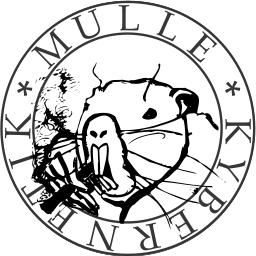Coming back full circle - The Mullocator
When I started this blog, one of the projects I talked about was
the
Mullocator. My own custom malloc library. I put some
considerable effort into it, but when I finished it, I didn't do
anything with it.
It was basically too complex for a regular style article. I had no
idea what to do with it. I think to make it marketable and accepted
it would have taken quite a bit more of an effort, then I was
willing to invest.
On the other hand since the code has been staling away for about five years, I don't feel like I am throwing out the crown jewels with the trash, when I put the code into my blog. In all likelihood, there is nothing I would be doing with this code otherwise.
Originally I wanted to use the code in MulleEOF eventually. My basic perception was then, that I was going to optimize MulleEOF that much, that I would be limited by memory speed and - malloc speed - the final frontier. That turned out not to be true. MulleEOF is fairly code intensive and malloc speed isn't really the limiting factor, even if you were to go all out and reduce all the Objective-C overhead to C levels... or at least, that is my current way of thinking.
Well that's not exactly true either, malloc speed can be a factor, but I used the "bunch" object allocation approach for a few choice classes, and that worked well enough. So MulleEOF doesn't bottleneck in memory allocation currently.
A preview of the next installments:
I want to start off with a little historic background, as to why I
wrote it. Then I want to talk a little about the real word
ramifications, that a malloc library faces and must deal
with and ways how to test this and how to hook into OS X. Then I
will likely write about, how to approach such a task with some
general blather about optimizing again. Finally I am just gonna
show the code and discuss the pros and cons of the approach.



